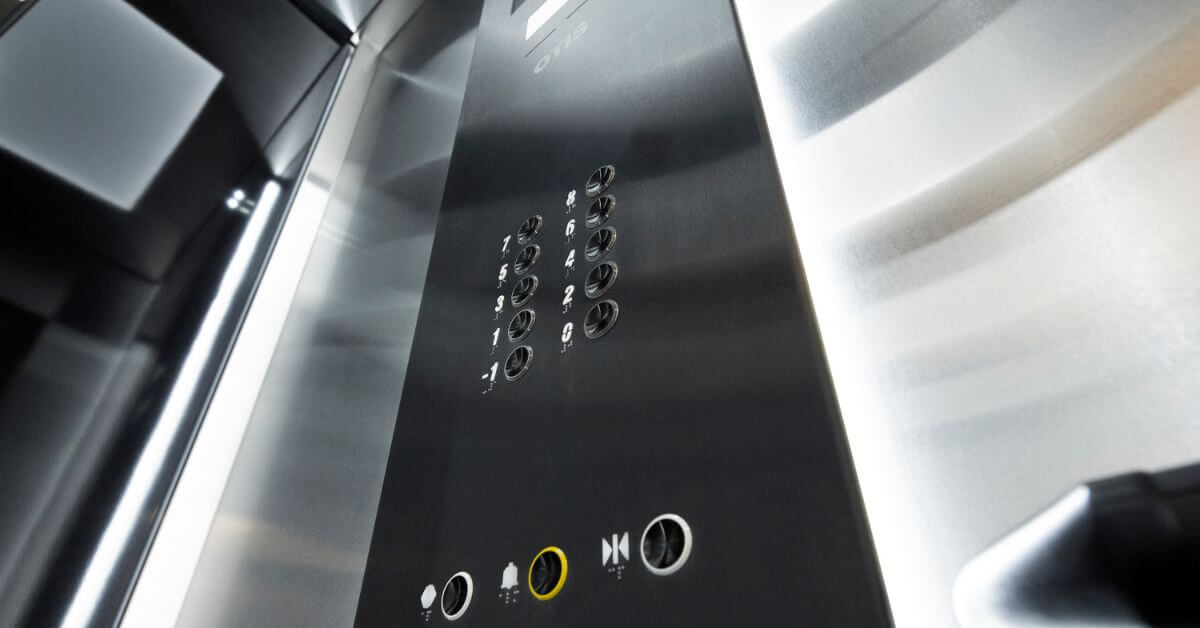We Maintain Lifts to the Highest Possible Requirements: Reliable Service for All Lift Types
We Maintain Lifts to the Highest Possible Requirements: Reliable Service for All Lift Types
Blog Article
Exploring the World of Elevators: Usual Problems Faced by Numerous Lift Systems
As we navigate with the upright transport systems of contemporary structures, elevators stand out as a vital component of our everyday lives. From hydraulic lifts to grip systems and machine-room-less designs, each lift kind comes with its collection of common problems.
Hydraulic Lifts
Hydraulic lifts, frequently liked for low-rise buildings, use fluid stress to regulate the movement of the elevator cars and truck (lift repair companies). This mechanism involves a hydraulic pump pushing oil right into a cyndrical tube, causing the elevator to move in the preferred instructions. While hydraulic lifts are known for their smooth and peaceful procedure, they do feature their own set of typical problems
One common trouble with hydraulic elevators is oil leakage. Additionally, problems with the control system, such as malfunctioning shutoffs or a malfunctioning pump, can trigger interruptions in the elevator's activity.
Normal upkeep and timely repair services are vital to make certain the smooth performance of hydraulic elevators. By attending to these typical issues proactively, building proprietors can lessen downtime and make sure the security and efficiency of their vertical transport system.
Grip Elevators
When considering upright transport systems in buildings, another usual kind aside from hydraulic lifts is the grip elevator. Grip lifts operate making use of a system of ropes and weights that move the lift auto by clutching onto the hoist ropes. This system permits smoother and much faster vertical transportation contrasted to hydraulic systems.
One of the usual problems faced by grip elevators is rope wear. The constant motion of the ropes within the traction system can bring about damage over time, possibly triggering the elevator to breakdown or end up being hazardous for use. Regular inspections and upkeep of the ropes are important to make certain the lift's appropriate functioning and safety and security.
One more concern that traction lifts may run into is associated with the control system. Troubles with the control system can result in issues such as unpredictable movement, delays in feedback times, or even full shutdowns. Normal testing and upkeep of the control system are essential to stop such problems and make certain the elevator's dependability.
Machine-Room-Less (MRL) Lifts

One of the crucial elements of MRL lifts is the compact gearless grip equipment that is set up within the hoistway. This maker efficiently drives the lift automobile without the need for cumbersome equipment found in traditional grip lifts. In addition, MRL elevators typically use a weight system to balance the vehicle, more improving their energy effectiveness.
In spite of their benefits, MRL lifts might face difficulties associated to repair and maintenance because of the constrained space for devices setup. Accessibility for servicing elements within the shaft can be restricted, needing specialized training for service technicians. Appropriate maintenance routines and normal examinations are critical to make certain the continued smooth operation of MRL lifts.
Overloading and Weight Limitation Issues
Overwhelming and weight limitation problems are important problems in lift procedures. Elevator makers style lifts with particular weight capacities to guarantee passenger safety and tools long life.
When lifts are overwhelmed, it puts excessive strain on the electric motor, cables, and other elements, potentially creating breakdowns or failures. Security devices such as sensing units and overload sensors are in area to stop lifts from moving if they detect excess weight. Furthermore, going beyond weight limitations can bring about raised energy intake and deterioration on the elevator system.
To minimize overwhelming issues, constructing supervisors should we maintain lifts prominently present weight limits in elevators and educate occupants on the relevance of sticking to these constraints - lift repair companies. Routine upkeep checks by qualified technicians can likewise help guarantee that lifts are operating within secure weight specifications. By addressing overloading and weight restriction problems proactively, building owners can boost elevator security and effectiveness
Electrical System Failures
Exceeding weight restrictions in lifts can not only bring about mechanical concerns but also potentially add to electric system failings within the lift infrastructure. Electrical system failings are an important concern in elevator procedure, as they can trigger unanticipated closures, breakdowns, or also safety hazards. One usual electrical problem is the getting too hot of components as a result of extreme lift repair near me current flow triggered by straining the lift past its ability. This can cause damage to the wiring, control, or electric motor systems, leading to pricey repair services and downtime.
In addition, power rises or changes in the electric supply can additionally disrupt the elevator's procedure, impacting its performance and security. These electric disruptions can harm delicate elevator elements such as control board, circuit card, or sensors, causing system failings. Regular upkeep and inspections are important to determine and deal with possible electric problems without delay, ensuring the safe and efficient operation of lift systems. By sticking to weight limitations and carrying out routine electrical system checks, building owners can reduce the threat of electric failings in elevators.
Conclusion

Hydraulic lifts, often favored for low-rise structures, make use of fluid stress to regulate the activity of the lift automobile.When thinking about upright transport systems in structures, another usual kind aside from hydraulic lifts is the traction lift. Grip elevators run using a system of ropes and counterweights that move the lift auto by clutching onto the hoist ropes. Unlike standard lifts that need a different machine area to house the tools, MRL lifts integrate most of the components within the shaft, getting rid disabled platform lifts prices uk of the requirement for a dedicated maker room.In verdict, elevators deal with typical problems such as hydraulic breakdowns, traction system failures, and electrical system troubles.
Report this page